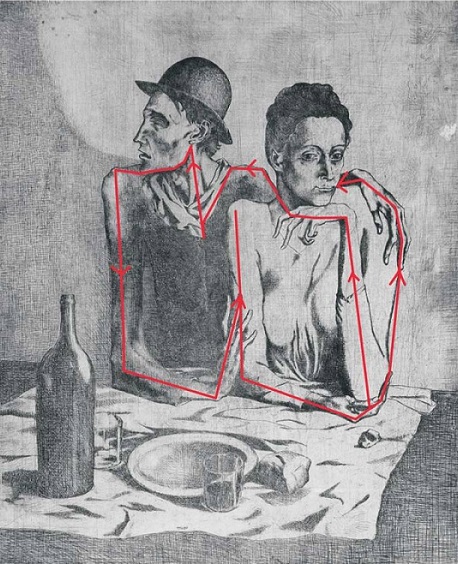New Delhi: Renowned artist and art critic Ashok Bhawmik has once again captivated the Indian art community with his insightful interpretation of a lesser-known painting by Pablo Picasso. His latest piece, part of his longstanding fortnightly column in Prabhat Khabar, not only delves into the technical and emotional depth of the work but also revives the need for meaningful art interpretation within academic and critical circles.
Pablo Picasso — an undisputed titan of modern art — is frequently referenced in Indian art history syllabi, especially in the context of Cubism and 20th-century European art movements. While students are introduced to his biography and revolutionary role in shaping art history, a deep understanding of his individual works often remains missing. The focus tends to remain on dates, styles, and movements, treating art history like a linear timeline, much like political history.
“It’s a worrying trend,” Bhawmik notes in his writings. “Students learn who Picasso was, but rarely why his paintings matter — or how they must be seen.”
Filling this intellectual gap, Bhawmik’s decade-long series of interpretive essays provides a rare space where a single artwork is taken up, unpacked, and revealed in all its nuanced complexity. His recent article analyzes a relatively lesser-known Picasso painting — its name undisclosed to allow for open-ended reflection — and offers readers a fresh lens through which to engage with the master’s imagination.
What makes Bhawmik’s approach stand out is his careful blend of aesthetic sensitivity, historical grounding, and psychological depth. He explores not only the visible aspects of Picasso’s brushwork and color choices but also the emotional terrain, political context, and symbolic language hidden in the canvas.
Bhawmik’s style is distinctly pedagogical yet poetic. His explanations avoid dense jargon, making even the most layered modernist images accessible to students, enthusiasts, and professional artists alike. He doesn’t simply interpret the painting — he converses with it.
In a time when art education in India often lacks the rigor of interpretive critique, Bhawmik’s work is a reminder of how art should be taught — not merely as a series of movements and dates, but as a dialogue between form, intent, and meaning.

His contribution is particularly valuable for students in art colleges, where, as he rightly points out, the curriculum often mirrors conventional history textbooks — informative but rarely introspective. It is this gap that Bhawmik’s column fills with remarkable consistency.
By choosing to reflect on a lesser-explored Picasso painting, he not only draws attention to the master’s overlooked phases but also showcases how the ‘minor’ works often carry as much, if not more, emotional charge and technical ingenuity.
His essays go beyond visual analysis — they recontextualize the artwork, bring to light its socio-political dimensions, and connect it to broader human experiences. Readers find themselves re-seeing a work they may have skimmed past, now imbued with depth, intent, and life.
As Bhawmik continues his art criticism with scholarly precision and creative curiosity, the Indian art world remains richer and more awakened. His pen transforms paintings into windows — windows into not just the artist’s soul, but our own capacity to understand and feel.
In expressing gratitude to Ashok Bhawmik, we also recognize a larger truth: that art needs interpreters, storytellers, and guides — not just historians — to remain alive in the public mind. Through his columns, he ensures that the legacy of artists like Picasso continues to be not just remembered, but truly understood.






